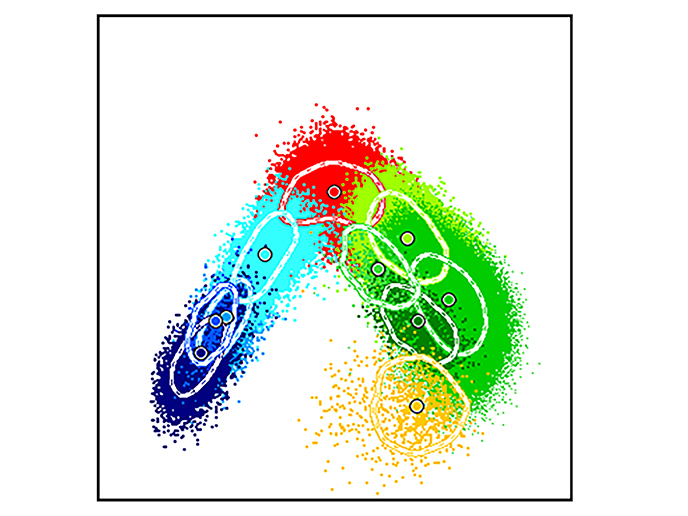New approaches to tackling disease through epitranscriptomics
It has been well established that cells can chemically modify RNA – the molecules that carry genetic instructions from DNA to make proteins. This phenomenon, known as epitranscriptomic regulation of gene expression, is influenced by a variety of factors, including developmental cues and environmental stimuli. While the field of epitranscriptomics emerged in the 1970s, the rapid development of complete genome sequences(opens in new window) in recent years has helped to accelerate new discoveries. These discoveries could be hugely significant, as alterations in epigenetic control could play a key role in several complex diseases. “When the ROPES(opens in new window) project began, many studies had already linked these RNA modifications to human diseases,” explains project coordinator Alessandro Quattrone from the University of Trento(opens in new window) in Italy. “Most of this work however was still basic research.”
Accelerating the shift from discovery to impact
The goal of the ROPES project, which was supported by the Marie Skłodowska-Curie Actions(opens in new window) programme, was to accelerate the shift from discovery to impact. “We wanted to strengthen the European ecosystem so that knowledge about RNA modifications could more directly inform diagnostics and therapies,” adds Quattrone. To achieve this, the project brought together a group of early-stage researchers (ESRs). These researchers joined a network of academic groups and biotech companies focused on advancing knowledge on the role of RNA modifications in different diseases and models, and in promoting the development of innovative therapies. “We organised the research along two complementary tracks,” explains Quattrone. “First, teams developed tools – methods, datasets and analytic approaches – that make it easier to study RNA modifications in disease.” Next, they applied these tools to specific conditions, chiefly cancers and rare diseases, to understand mechanisms and to explore therapeutic avenues. “This combination of tool‑building and disease‑focused application created a productive feedback loop,” says Quattrone.
Strengthening professional epitranscriptomics networks
The project enabled the ESRs to carry out a series of secondments at partner institutions, and to receive interdisciplinary and specific training in pursuit of their objectives. “Training was central to ROPES,” notes Quattrone. “Over the course of the project, we saw our early‑stage researchers strengthen not only their technical skills but also their professional networks across Europe. This work has helped to prepare a cohort of young scientists who can carry this field forward – an outcome we consider a major success.” The scientific advances made have been documented in several peer‑reviewed publications. These include extending the tools of epitranscriptomics to fight diseases, assessing the role of epitranscriptomics in pathology, and exploiting epitranscriptomics to identify new disease targets.
Boosting Europe’s position in epitranscriptomics
Following project completion, participating laboratories intend to continue collaborating and maintain connections between the ESRs. “Continued data‑ and tool‑sharing, joint publications and possible follow‑on projects will help convert our momentum into longer‑term impact,” adds Quattrone. Indeed, a key aim is to boost Europe’s position in epitranscriptomics, a field that has historically been driven by China and the United States. The hope is that epitranscriptomics will provide the missing link between genomic variability and cellular phenotypes, contributing to explaining the cause of specific diseases, and lead to the development of novel therapies. ROPES represents an important step along this road.







